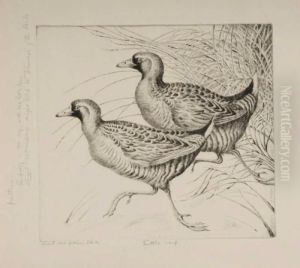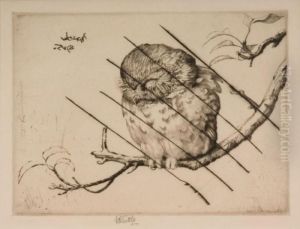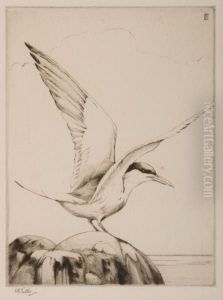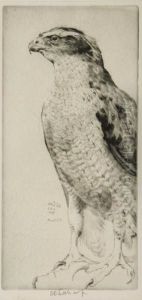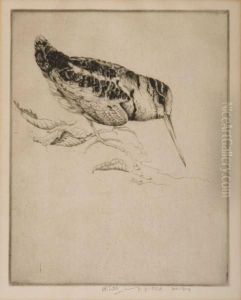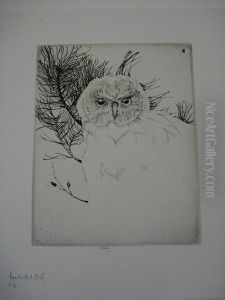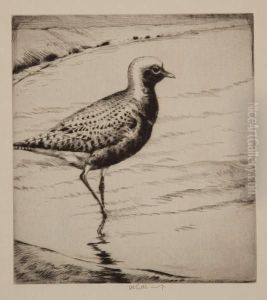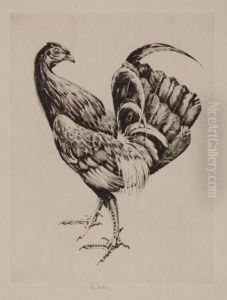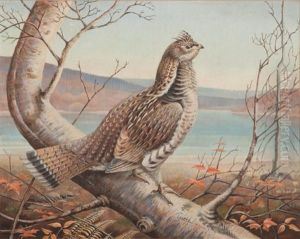Henry Emerson Tuttle Paintings
Henry Emerson Tuttle was an American artist known primarily for his contributions to the field of etching, although his repertoire also included painting and drawing. Born on February 1, 1890, in Palo Alto, California, Tuttle grew up in an era that saw the United States transition from a largely agrarian society to an industrial and cultural powerhouse. This transformative period in American history, along with the natural beauty of his native California, would deeply influence his artistic vision throughout his career.
Tuttle's education in art began at a young age, leading him to study at the Art Students League of New York, a prestigious institution that has nurtured countless American artists. His time in New York exposed him to the vibrant art scene of the early 20th century, including the Ashcan School and the burgeoning movement of American realism. However, it was etching that captured Tuttle's imagination and would define his artistic legacy. His mastery of the medium was evident in the delicate lines, intricate details, and the evocative use of light and shadow that characterized his prints.
Throughout his career, Tuttle's work was widely exhibited and received numerous accolades. He participated in major exhibitions, such as those held by the Chicago Society of Etchers, where he was a frequent prizewinner, and his prints were collected by prestigious institutions, including the Library of Congress and the New York Public Library. Despite his success with etching, Tuttle never confined himself to a single medium; he also explored watercolors and oils, bringing his keen observation of nature and skillful composition to these works as well.
Henry Emerson Tuttle's contributions to American art were cut short by his untimely death in 1946. Despite his relatively brief career, his work remains a testament to the beauty of the American landscape and the early 20th-century spirit of innovation and exploration in art. Tuttle's etchings, in particular, continue to be celebrated for their technical proficiency and their lyrical, often idyllic portrayal of nature and everyday life. His legacy is that of an artist who captured the essence of his time and place with both precision and poetry.
